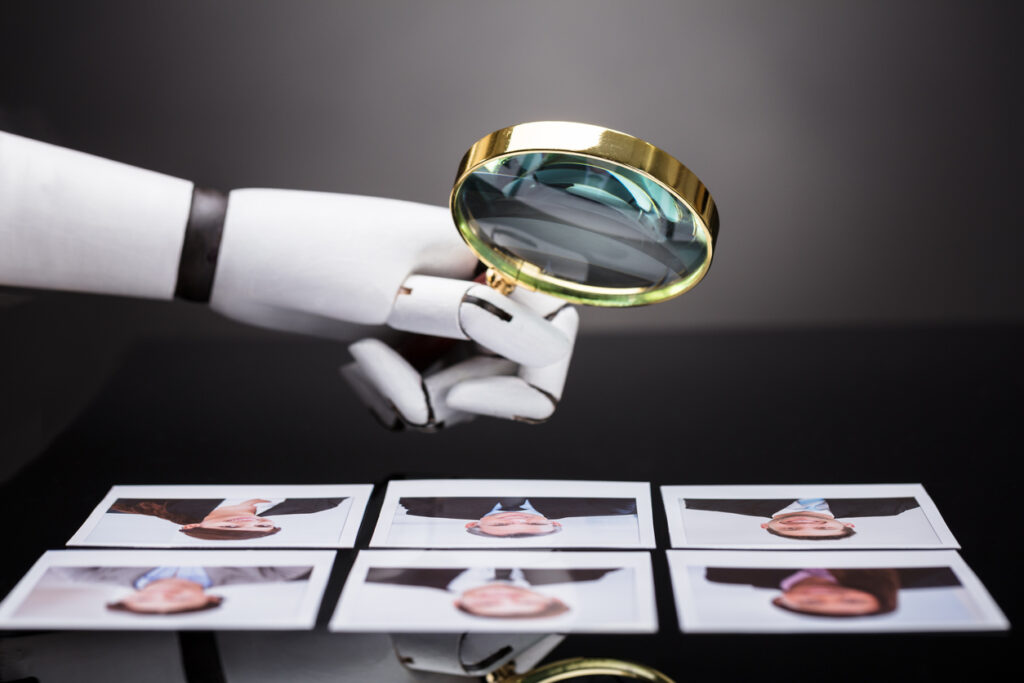Modern technology is transforming the recruitment process, but can bias ever be completely removed?
It seems to be a popular school of thought that the introduction of technology into the recruitment process has allowed bias, both conscious and unconscious, to be completely removed.
Whilst the rise of artificial intelligence (AI) and Big Data, along with advances in recruitment algorithms has certainly propelled the recruitment industry towards fairer hiring practices and more diverse workforces, is it possible for bias to ever be completely removed?
The simple answer to this is no, but it is more complex than that. Humans can’t ever be completely detached from the hiring process. After all, it is people who write the job description, identify what position the business needs to fill and select the successful candidate.
All of these touch points are human-led and can’t be replicated by computer systems, therefore allowing biases to be present in some shape or form. It might be through the way the senior decision-maker writes the job description, or the key factors specified as within the algorithm, but all of these points allow bias to creep in.
Understanding in-built bias
With this in mind, it is important to look at the increasingly central role both Big Data and AI are playing in the search for top talent. Not only does it remove many of the human touch points from the process, but also it becomes ‘smarter’ and faster the more it is used.
It understands what attributes make a ‘great hire’ and adjusts its reach and suggestions each time it makes a successful recommendation. This is revolutionary, especially if you think recruiting technology was only first introduced in the late nineties. It has had an exponential rise to power, but it is not the Holy Grail many are hailing it as.
Firstly, these technologies have been designed by humans, and therefore have limitations of some description – undoubtedly they will have some of their unconscious bias naturally built in. Also, as the systems learn from the data they collect and the final decisions that are made, they start to adapt the way they work, looking to provide candidates similar to previous successful hires.
Biases can creep into the hiring process at a number of stages, so remaining vigilant is imperative for organisational success.
This means they will be picking up biases from the final decision maker and factoring these into the next batch of recommendations. Whilst we are talking in such small numbers here, it is still important to think that we can never fully get away from human biases, no matter how much technology and innovation we throw at the situation.
That being said, technology has re-imagined how businesses successfully find and identify the correct candidates, reducing unconscious bias and ensuring personal preference and assumption doesn’t override logic. This is a major step forward in the battle for diversity and one that we could never have predicted 20 years ago.
Deeper evaluation processes
As already discussed, biases can creep into the hiring process at a number of stages, so remaining vigilant is imperative for organisational success.
It is common knowledge that people tend to recruit in their own image, so organisations need to implement strategies and methods of counteracting this from happening, and then constantly reassess and re-evaluate to ensure as much as possible is being done.
One way of doing this is by using psychometric assessments as part of the recruitment software, allowing businesses to make appointments based on job demands – leading with their heads, rather than their hearts.
As long as we understand that there is no such thing as the complete removal of biases from the recruitment process, we can always strive to be better.
These assessments take just a few minutes for candidates to complete, but they arm recruiters with an accurate psychometric insight into how each candidate will behave at work, if hired.
An interview framework, based on each applicant’s personality type, then guides the interview process. Insights into the person-job fit, working strengths and possible limitations, as well as a person’s approach to communication, decision making, problems and time management, further support the decision making process.
What’s more, the information gained from the assessments can then go on to support employers during the on boarding stage.
Continual adjustments
In conclusion, employers need to be constantly mindful of bias when making important people-related decisions and must not rely solely on technology.
As humans, it’s only natural to make decisions based on personal experiences and stereotypes, but with the appropriate use and implementation of technology and additional factors, such as impartial assessments, we can get very close to near perfection.
As long as we understand that there is no such thing as the complete removal of biases from the recruitment process, we can always strive to be better, which takes us closer and closer to the end goal – a talented and diverse workforce.
Interested in this topic? You may also want to read How AI can make the recruitment process more ‘human’.






